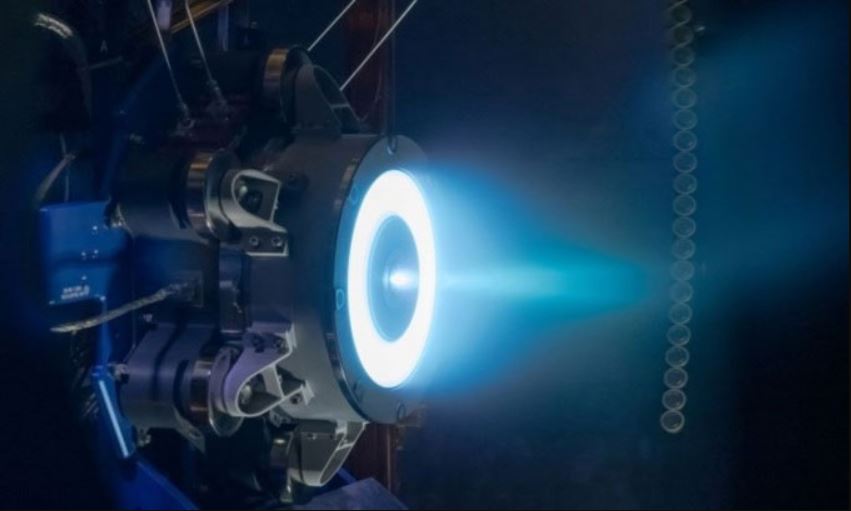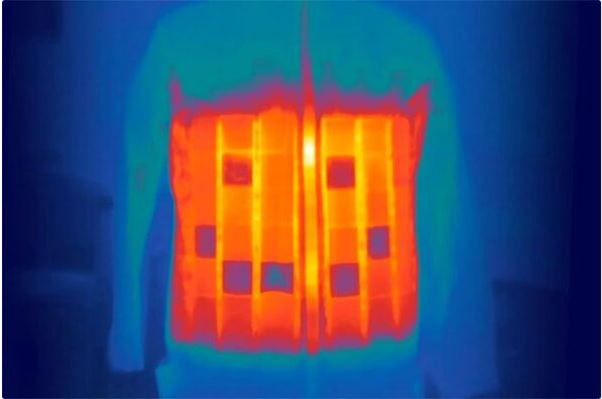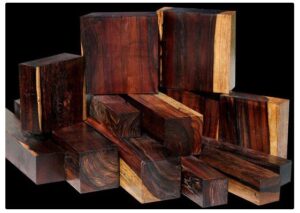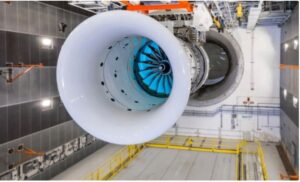The 12-kilowatt Advanced Electric Propulsion System (AEPS) will be used on NASA’s future lunar space station.
NASA and aerospace company Aerojet Rocketdyne, complete successful qualification testing of the Advanced Electric Propulsion System (AEPS), a 12-kilowatt solar electric propulsion (SEP) engine built for use in long-term missions such as flying to the Moon and beyond. AEPS is described as the most powerful electric thruster (also known as ion thruster) ever produced, Space reported on November 9. The 12 kilowatt capacity is enough to power more than 1,330 LED bulbs. Previously, NASA announced the start of a series of quality tests in July.
The AEPS motor is tested in a vacuum chamber. (Photo: NASA).
“AEPS is truly next-generation technology,” said Clayton Kachele, AEPS project manager at NASA’s Glenn Research Center. “Current electric propulsion systems have a capacity of about 4.5 kilowatts. Here, we have significantly increased the power in a thruster. That capability opens up new opportunities for future space exploration. AEPS will take us faster and further.”
The blue exhaust halo from AEPS in qualification testing is generated from ionized xenon gas, giving rise to the name ion propulsion. While conventional chemical propulsion systems use liquid propellant to create a short but very powerful burst of energy that propels the spacecraft in the desired direction, electric propulsion uses inert gas propellant, which gives little more energy but with a much longer duration so higher efficiency, which could be useful for long-term missions in space.
The goal is to use AEPS on NASA’s upcoming Gateway space station by placing three AEPS thrusters on the station’s Power and Propulsion Unit, serving multiple purposes including maintaining Gateway’s orbit around the Moon, high-speed communication with Earth and power supply to the entire station. Scheduled to launch in 2025, Gateway is a collaborative project with many commercial and international partners. This is an essential part of NASA’s Artemis missions to the Moon’s south pole over the next few years. Additionally, AEPS also has potential for use in deep space missions.
While AEPS is a solar electric propulsion, another type of electric propulsion being researched is nuclear electric propulsion (NEP), which uses a nuclear reactor to provide propulsion. The AEPS project is not the first time NASA has used electric propulsion for a deep space mission. NASA’s Dawn mission to the dwarf planets Ceres and Vesta was the first to use an ion propulsion system. Most recently, NASA’s Psyche mission successfully launched on October 13 using solar electric propulsion to make a 3.6 billion km journey to asteroid 16 Psyche.












